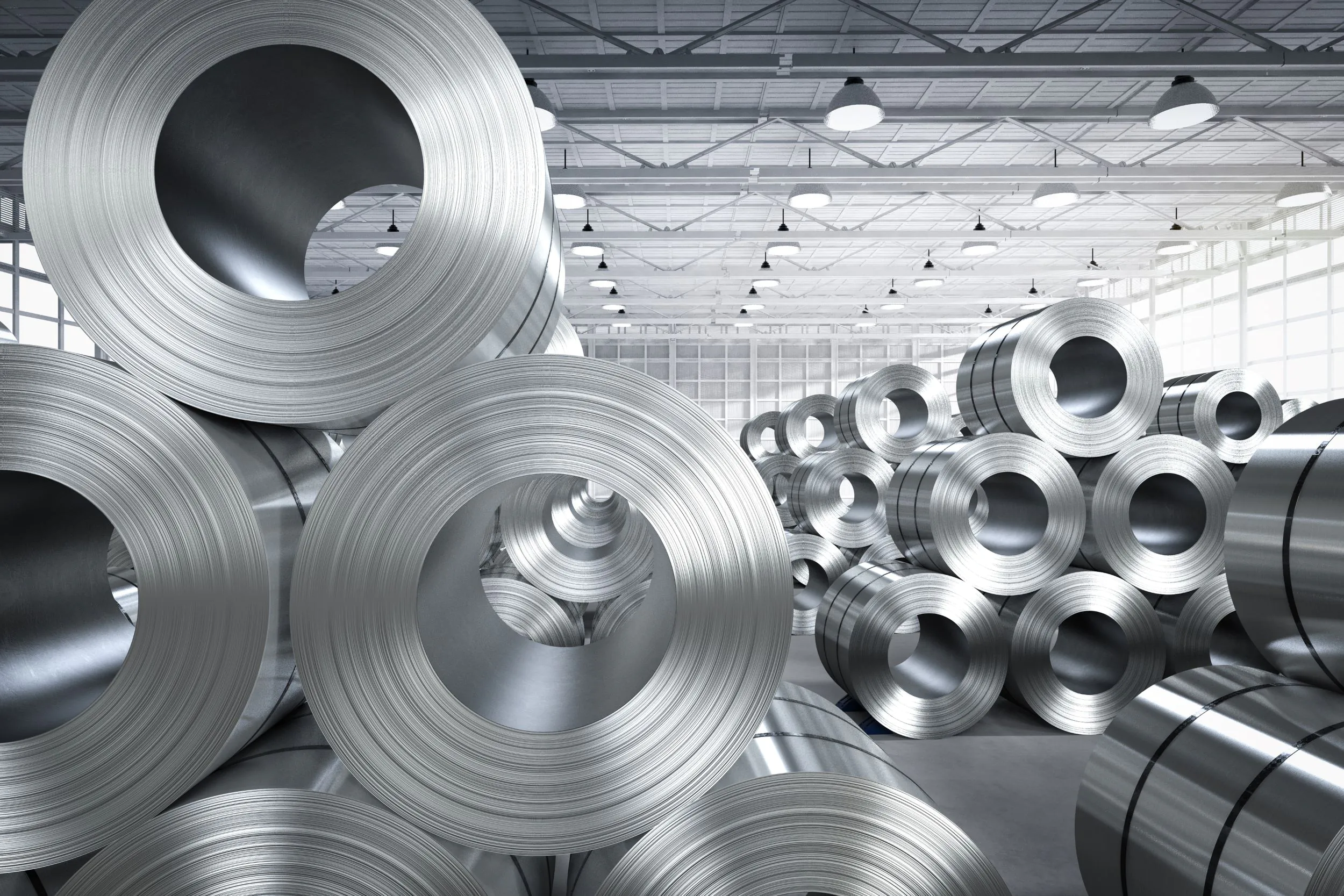Ferroalloys ŌĆö alloys of iron with one or more other elements ŌĆö have a range of uses in the manufacturing industry, particularly in the creation of steel. Chromium, manganese, silicon, and aluminum are some of the materials most commonly alloyed with iron to produce metals with qualities such as high strength, high heat resistance, or corrosion resistance. The ferroalloy industry encompasses a variety of materials used to supply manufacturers around the world.
With steel expected to remain in high demand over the next several years for use in construction, vehicle manufacturing, and other applications, overall demand for ferroalloys is expected to grow. In the construction industry, stainless steel is used in many forms, including plates, sheets, strips, and wires, and itŌĆÖs important for a structural component to have the right qualities for the job, particularly strength and resistance. As populations continue to grow and urbanize around the world, the need for buildings and infrastructure also continues to rise, providing steady demand for construction materials such as ferroalloys.
While ferroalloy production is falling in North America due to factors such as rising labor costs and new environmental initiatives, production is rising in other countries such as China. The Asia-Pacific region is the fastest-growing market for ferroalloys, and is expected to continue to be for the next several years. Along with China, other key steel-producing countries in the region include India, Japan, and South Korea.
China: A Major Player in the Global Market
In China, ferroalloy production is quite concentrated, with the countryŌĆÖs top 10 manufacturers accounting for over 85% of output so far in 2023. Many of these producers operate in the north of China, where they have easy access to inexpensive electricity, coke, and more efficient transportation, allowing them to operate at lower costs than some of their competitors.
Chinese ferroalloy manufacturers are beginning to sign long-term supply contracts with steelmakers on a futures-spot basis, allowing for greater flexibility and more stable prices and supplies. Traditional supply purchases tend to be made through long-term contracts based on monthly prices, which holds more risk for both supplier and buyer. This new pricing pattern is therefore quickly gaining popularity in the market.
Green Ferroalloy Production
While many Chinese manufacturers may have access to low-cost coal-fueled energy, this is an unsustainable fuel source and contributes to global emissions. Ferroalloy manufacturing is an energy-intensive industry, so the type of energy source it uses can make a substantial difference in terms of emissions. This also means that improving energy efficiency can significantly reduce production costs. The ferroalloy industry is therefore working to reduce both energy usage and carbon emissions in order to save money and to meet sustainability goals.
Falling Demand for Ferrosilicon
As steel production goes green, steel mills have been reducing crude steel production year-over-year, leading to lower demand for ferrosilicon. As these mills are the main customers of ferrosilicon, this has put a damper on the market. Magnesium production, another operation that require ferrosilicon, is also in a lull, further impacting demand for the near future.
Innovations in the Ferroalloy Industry
There is an immense amount of potential in the ferroalloy industry for new types of alloys that could be suited to numerous applications. Much research has been and continues to be done into advanced lightweight alloys and other types of materials, but only a few products tend to make it to market. There tends to be limited funding available for development and production upscaling, making it challenging to turn a promising concept into a proven product that can be manufactured at scale.
Lightweight metal alloy composites are highly sought-after for applications in the automotive, aerospace, and manufacturing industries. High strength-to-weight ratios and low density means products can be lighter weight and more efficient without sacrificing on strength and performance. In the automotive sector, a lighter vehicle means lower fuel consumption and fewer emissions, helping manufacturers meet sustainability goals.
One initiative to combat this problem is the EU-funded LightMe project, which was designed to help upscale industrial processes for lightweight metal alloys and bring them to market. The non-profit project is made up of 25 partners from 15 EU member states and has created six pilot lines across Europe and led to the publication of three peer-reviewed scientific articles, and organized the first international conference on lightweight materials earlier this year.
There are many other innovations being made in the ferroalloy industry across the world, creating stronger, high-performance alloys for a variety of applications.


